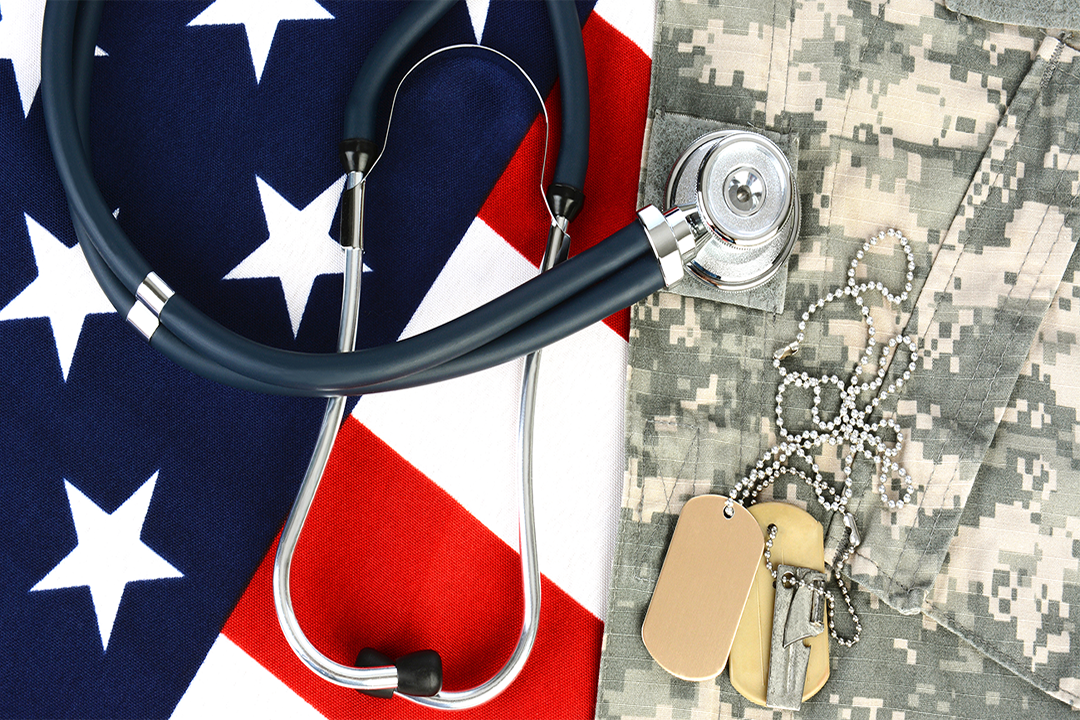The number of veterans served by community health centers has increased by 43 percent in less than 10 years, according to an infographic produced by researchers at the Geiger Gibson/RCHN Community Health Foundation Research Collaborative, based at the Milken Institute School of Public Health.
There are more than 1,500 Department of Veterans Affairs-approved community health center locations across the country that serve more than 305,000 veterans, compared to only 214,000 a decade ago.
Researchers found that in 2015, nearly nine out of 10 health centers served veterans, which suggests improved access to care for many vulnerable patients. In West Virginia, Maine and Alaska, health centers served one in 20 veterans or more. Health centers in Vermont serviced more than one in 10 veterans.
In addition to primary medical care, 78 percent of health centers serving veterans offer dental care, 83 percent provide mental health services and 21 percent offer substance abuse treatment. Virtually all health centers offer services that improve access to health care, analysis shows.
Half of all health centers are certified by the VA as Veterans Choice providers under a program established by Congress to improve access to community-based health care for veterans facing long wait time or travel distances for services at VA facilities.
“Community health centers have long and deep experience serving our nation’s veterans. As the Veterans Affairs works to improve access to essential services through partnerships and collaborations, health centers are ready and able partners to meet the unique needs of those who have served our country,” said Feygele Jacobs, CEO and president of the RCHN Community Health Foundation.
Community health centers are committed to providing quality care to veterans, said Senior Vice President of Public Policy and Research at the National Association of Community Health Centers Dan Hawkins.
“This has even more importance when you consider the fact that health centers are located in communities with many low-income vets but with few or no other care providers,” he said.


